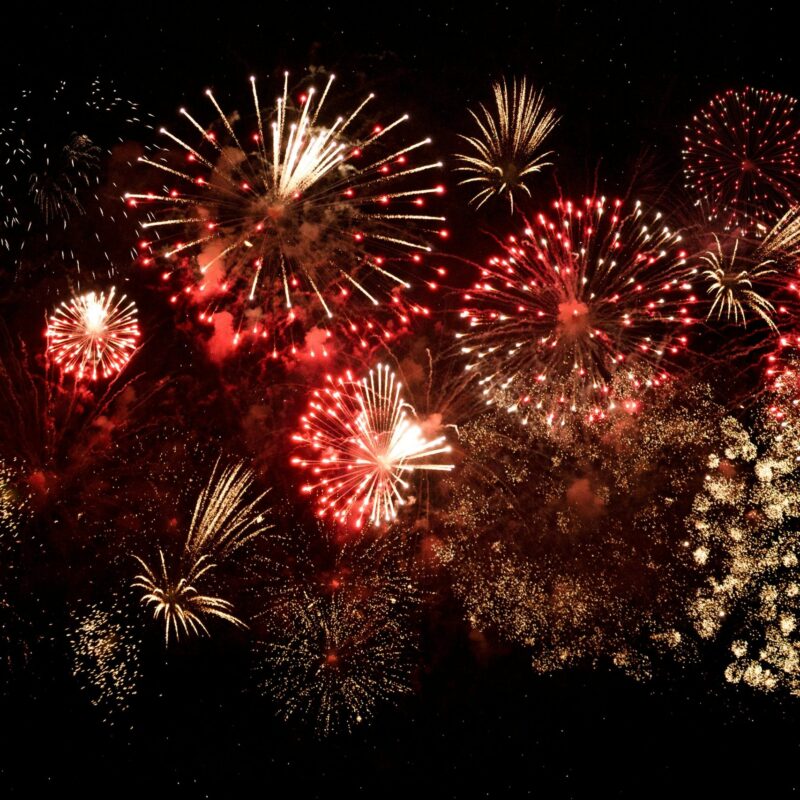The flowers of fall
Like a dusty hen rustling down onto her nest, trees, shrubs and perennials are settling into fall. Many are going dormant early, yellowing and shedding leaves. This is a natural defensive process (don’t we all shrivel a bit when abundance is not forthcoming?), allowing them to conserve as much energy as possible.
 |
Plants put in over the last spring and summer are more vulnerable in a dry season than those in the ground for years, because their root systems aren’t as extensive. Years of drought have left little reservoir in the soil, and what rain that does fall wicks away fast like water on a dry sponge. So just because it’s cloudy and there’s enough rain to smear the dust on the car doesn’t mean you can forget about watering.
Pay attention to the weather. As long as the ground’s not frozen, if we don’t get a good soaking once every week or so (not bloody likely), remember the economizing irrigation tips from Water 101 last month and get out there and do what needs to be done.
A long-term way to add moisture to the soil that doesn’t deplete the water tank is to make a ritual of incorporating organic matter each fall and spring. Corral precious leaves and other debris into wire cylinders or bins, shred or compost it and re-apply as mulch and amendment. Sometimes you can rake leaves as they are into shrub beds or around tree rings. They shrink down over winter as they decompose, as they do on the forest floor. Just keep them away from trunks.
The more decaying matter we add to our red clay, the more surface area to collect and hold the precious H2O over time and, funnily enough, the better it drains in the short run. Freezing and thawing will filter it down eventually if digging or tilling is not an option in an established bed.
Native plants take what comes and regardless of rainfall the fields are bright with orange jewel weed, lavender joe pye, goldenrod and purple ironweed. The exotic, tropical-looking jewel weed happily colonizes shady damp spots, often in company with the taller (4-5′) ironweed, a happy combination of complementary colors.
Cultivated varieties—like Joe Pye ‘Gateway’ which stays a decorous 3-4′ instead of towering gauchely above your head, and goldenrod ‘Fireworks’ with eponymous rays more delicate and dramatic than the wild species—tame the wildlings’ gangly habits.
|
OCTOBER IN THE GARDEN Nurse new plants. Shred and compost. Pick the flowers. |
Throw in some blue asters, the winy foliage of oak leaf hydrangeas and the peach -gold of Amsonia and you have yourself a pretty garden picture. But wherever they grow, the flowers of fall exist to feed the late pollinators and are alive with the comings and goings of hummingbirds, bees, wasps and butterflies.
Jerusalem artichokes planted in our garden from roots purchased from C-ville Market last spring grew over 10′ tall, fell over and consumed both corners of the garden. I grubbed out the first one earlier in the summer to keep it from smothering the parsley, but left the other sprawling over the peppers in the lower bed for the beauty of its beautiful clear yellow sunflowers. Ideal for cutting, they’re long-lasting and clean in clear vases. Crisp dark green leaves combine with red zinnias to make a gorgeous bouquet of primary colors.
Dusty or sleek, October gives her all in these last exuberant gasps of color before the killing frosts. Soon vibrant flower petals will join fallen leaves, stalks, old fruits and vegetables, collapsing in upon each other to begin again the magical alchemy of death into life that we must husband along as best we can.—Cathy Clary




